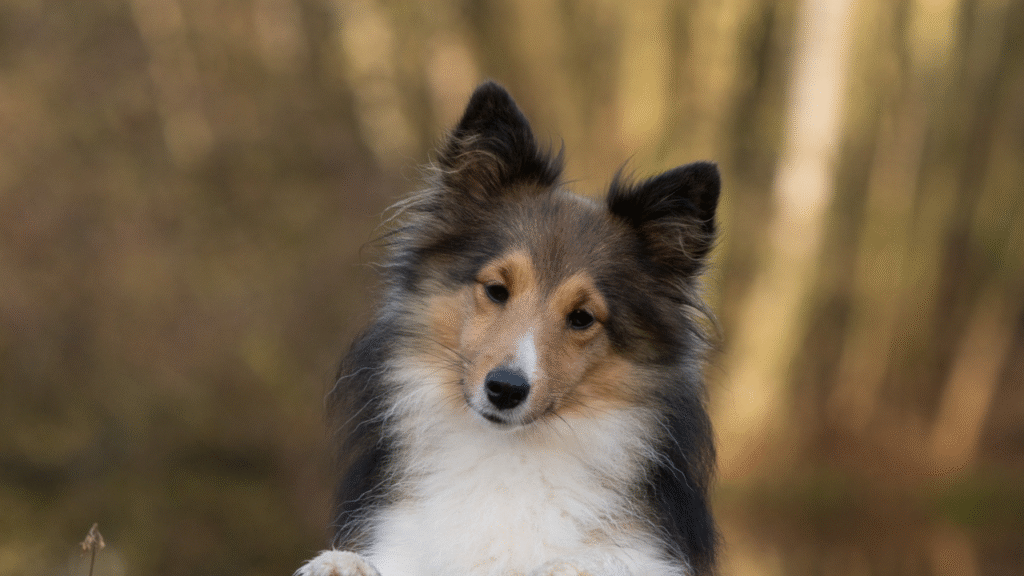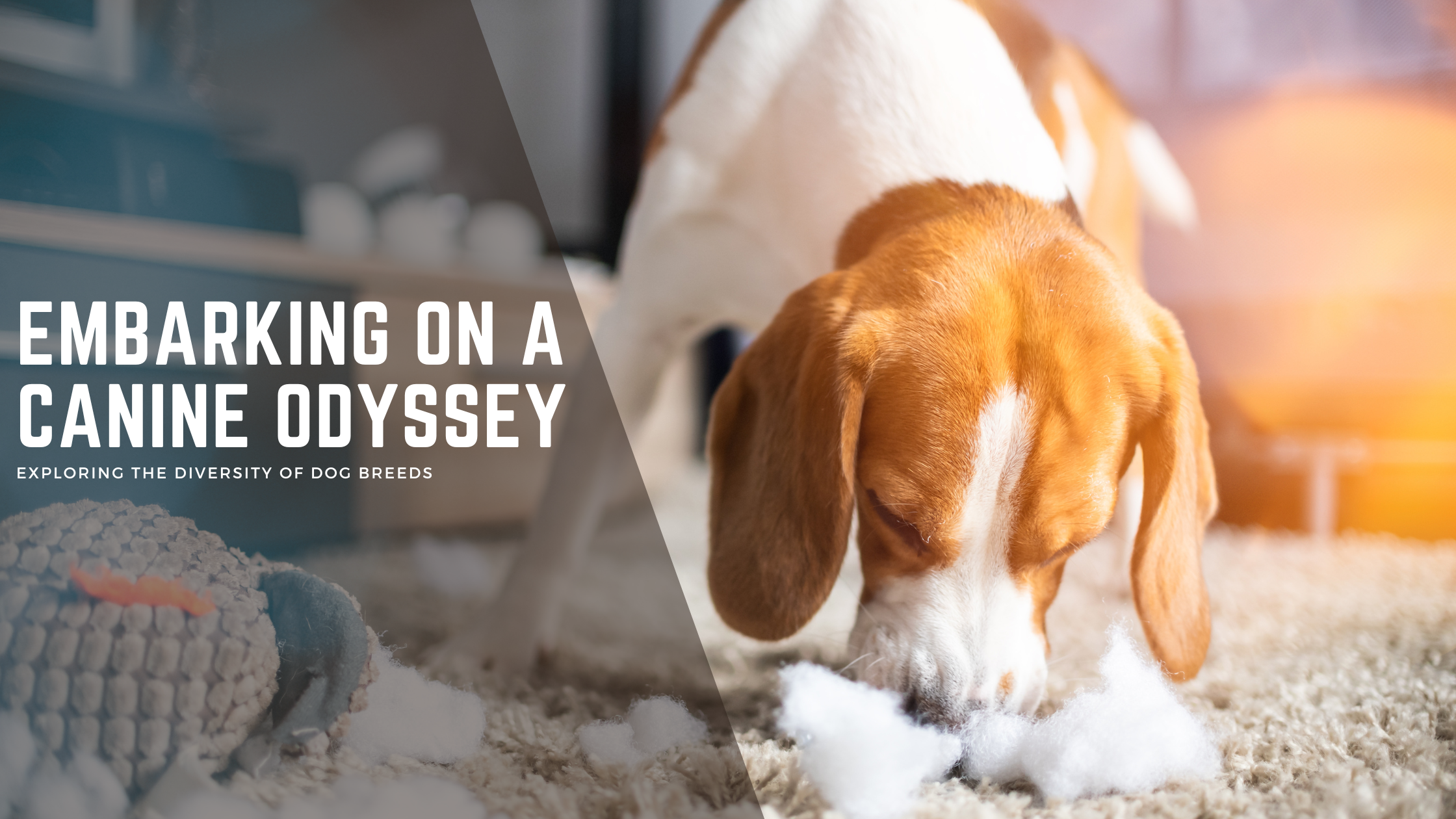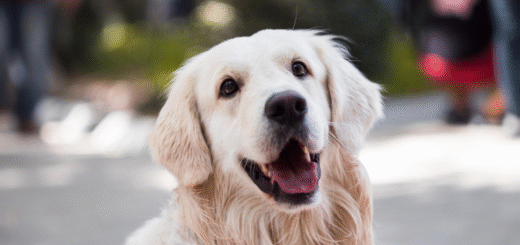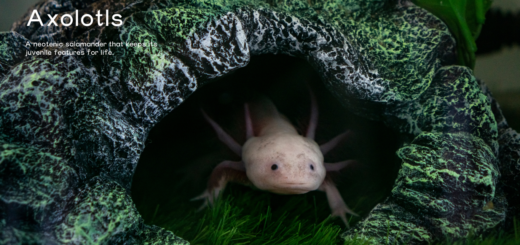Feeding Your Dog Right: What’s Safe and What’s Not
Feeding your dog the right way is one of the most important responsibilities of pet ownership. A proper diet supports their health, energy, and happiness. But not all food that’s good for humans is safe for dogs. In fact, some common ingredients can be toxic—even deadly. In this guide, we break down what’s safe, what’s not, and how to give your dog the nutrition they deserve.

Safe Foods for Dogs
Not all “people food” is off-limits. Here are dog-safe foods that can be used as treats or supplements:
1. Lean Meats (Cooked)
Chicken, turkey, and beef—without bones or seasoning—are rich in protein.
2. Carrots
Crunchy and low-calorie, carrots help clean teeth and support eye health.
3. Plain Rice
Great for dogs with an upset stomach, plain white rice is gentle and digestible.
4. Apples (No Seeds)
Rich in fiber and vitamin C, just be sure to remove the seeds and core.
5. Pumpkin
Canned pumpkin (plain, not pie filling) can help with digestion and firm stools.
6. Peanut Butter (Xylitol-Free)
A favorite treat—just ensure it doesn’t contain xylitol, which is toxic.
Foods That Are Unsafe or Toxic for Dogs
Many everyday foods can be dangerous for your dog. Here are the top offenders:
1. Chocolate
Contains theobromine, which is toxic and can cause vomiting, seizures, or death.
2. Grapes and Raisins
Even small amounts can lead to kidney failure in some dogs.
3. Onions and Garlic
These can damage red blood cells and lead to anemia.
4. Xylitol
A sugar substitute found in gum and some peanut butter; it can cause liver failure.
5. Alcohol
Even a little can affect a dog’s nervous system and can be fatal.
6. Cooked Bones
They can splinter and cause choking or internal damage.
Feeding Tips from Vets
- Stick to a Consistent Feeding Schedule: Avoid random feeding that can upset digestion.
- Measure Portions: Use a measuring cup to avoid overfeeding.
- Check Labels: Go for dog food with real meat as the first ingredient and avoid fillers.
- Limit Treats: Keep treats under 10% of your dog’s daily intake.
- Watch for Allergies: Monitor reactions when trying new foods.
Signs Your Dog Ate Something Harmful
Contact a vet immediately if you notice:
- Vomiting or diarrhea
- Excessive drooling
- Lethargy
- Seizures
- Unusual behavior
Conclusion
Feeding your dog right isn’t just about what’s tasty—it’s about what’s safe. With the right foods and awareness of harmful ingredients, you’ll keep your dog healthy and happy. When in doubt, always consult your vet before trying new treats or diets.








